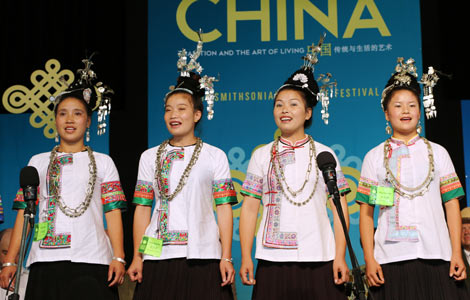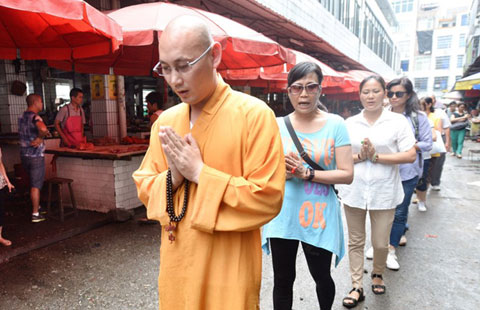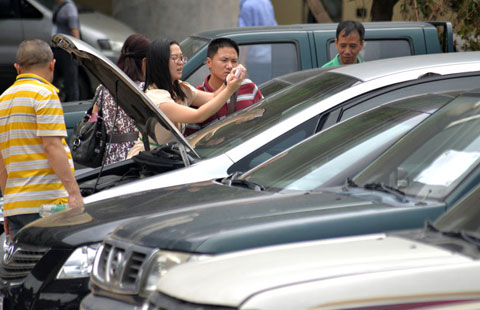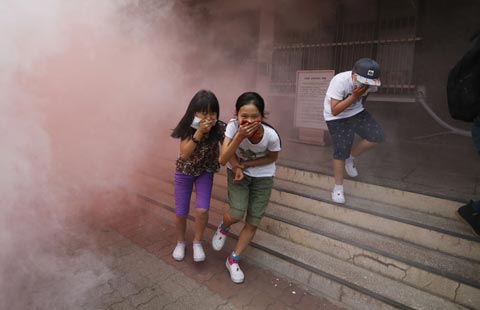Heart & Seoul
Updated: 2014-06-26 10:32
(Shanghai Star)
|
||||||||
 |
|
Photo provided to Shanghai Star. |
|
South Korea plays up pop culture to attract Chinese tourists |
The intricate woodwork has been meticulously restored with bright paint and traditional motifs. Great stone slabs in the middle of staircases depicting phoenixes and other mythical beasts grow more and more impressive as you measure your ascent towards the seat of power at Geunjeongjeon Hall.
Geunjeongjeon Hall houses the intricate red throne under a massive roof with layers of green wooden rafters.
It used to be where the king conducted most of his business, and features a couple of seven-clawed dragons right in the center of the ceiling, symbols of imperial power and majesty.
An icon of the Joseon dynasty and Korea’s national sovereignty, the Gyeongbokgung has seen its share of turbulence and devastation.
The complex was the largest of the Five Grand Palaces completed by the Joseon dynasty and was burnt to the ground by the Japanese between 1592 and 1598. It was laid to waste for nearly 300 years, then rebuilt in 1868 on a grand scale when 330 buildings were rebuilt.
Unfortunately, this second version was not to last, for the 20th century saw another invasion by Japan, and in 1915 nearly 90 percent of the buildings were torn down.
The Japanese erected the building of the Governor-General on the site to drive home the point.
Since 1990, the South Korean government has been restoring the palace to its former glory as a matter of national pride, with the Governor-General Building built by the Japanese removed in the 1990s.
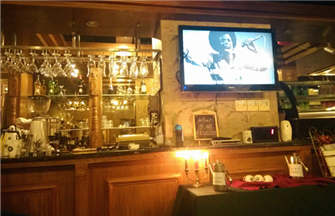
 Jackson fans mark anniversary of star's death
Jackson fans mark anniversary of star's death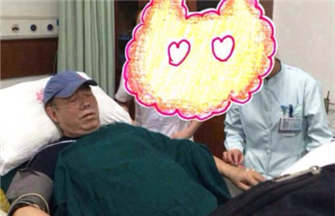
 Chen Kaige out of hospital
Chen Kaige out of hospital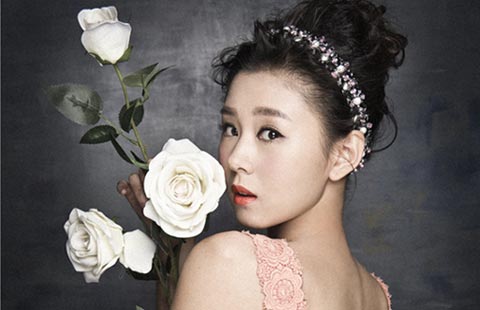
 Photoshoots of actress Li Xiaomeng
Photoshoots of actress Li Xiaomeng
 Council of Fashion Designers of America Awards
Council of Fashion Designers of America Awards
 Fan Bingbing, first Chinese actress in Barbie Hall of Fame
Fan Bingbing, first Chinese actress in Barbie Hall of Fame
 Awarding ceremony of 2014 hito Pop Music held in Taipei
Awarding ceremony of 2014 hito Pop Music held in Taipei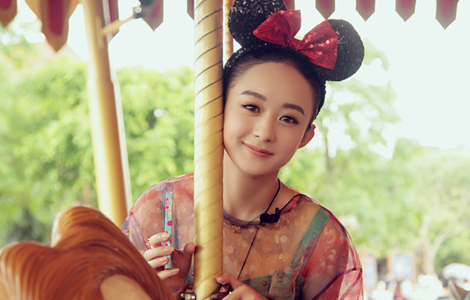
 Zhao Liying's photo shoot for Children's Day
Zhao Liying's photo shoot for Children's Day
 'Taken 2' grabs movie box office crown
'Taken 2' grabs movie box office crown
Most Viewed
Editor's Picks
|

|

|

|

|
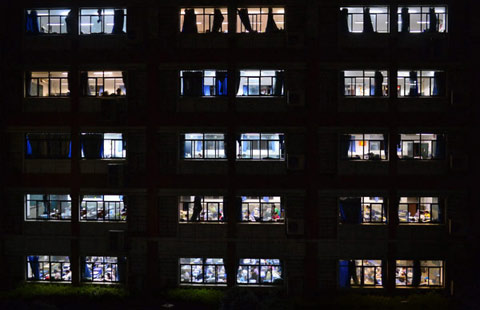
|
Today's Top News
Envoy rejects a 'zero-sum' strategic race
Chen Guangbiao's charity event provides lunch, no cash
Google unveils new products
Overseas services boosted by Alipay
Opinion: Fine twist in Sino-US military ties
Bigger Apple iPhones said to start mass output soon
Chinese investors discovering lure of Motor City
Pilots' 'mismanagement' causes Asiana crash
US Weekly

|

|


